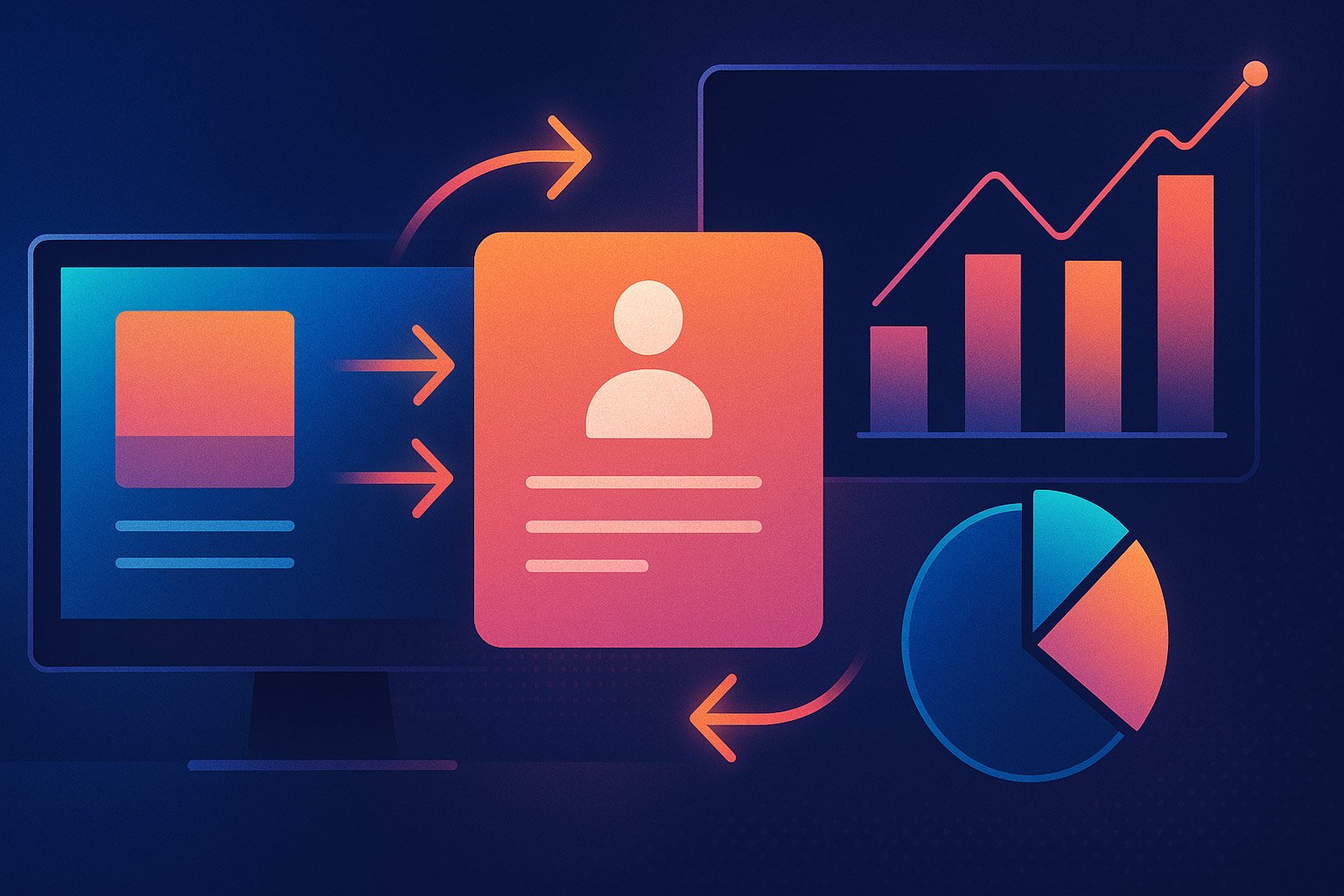
Why Headless CMS is the Future of Website Architecture (And When You Should Use One)

In today’s digital-first world, brands need more than just a beautiful website — they need fast-loading pages, omnichannel content delivery, scalability, and iron-clad security. Enter: headless CMS.
While the term might sound intimidating, the concept is simple — and the advantages are game-changing.
At ID Digital Agency, we’ve helped forward-thinking Australian businesses move from traditional CMS setups to headless architectures that drive performance, flexibility, and creative freedom. Here’s what you need to know.
What is a Headless CMS?
A headless CMS separates the content layer from the presentation layer.
-
The “head” = your website’s front-end (what users see)
-
The “body” = your back-end CMS (where content is created/stored)
By removing the “head,” your content becomes portable and can be delivered anywhere — websites, apps, digital displays, social platforms — all from one content source.
🔗 Want to future-proof your stack? Start with a solid Web Strategy and App Strategy
Traditional CMS vs Headless CMS: Key Differences
| Feature | Traditional CMS (e.g. WordPress) | Headless CMS (e.g. Storyblok, Contentful) |
|---|---|---|
| Front-End Coupled? | Yes | No |
| Speed & Performance | Limited | Optimised for speed |
| Omnichannel Delivery | Limited to website | Multi-platform: apps, IoT, socials |
| Developer Flexibility | Restrictive | Full control via APIs |
| Content Reuse | Manual duplication | Centralised content hub |
Why Headless is the Future
Lightning-Fast Performance
Headless sites are often built with static site generators like Next.js, which pre-render pages and load in milliseconds. This is perfect for SEO, conversions, and UX.
🔗 Pair this with our SEO Services for seriously fast rankings.
Omnichannel Content Publishing
Post your content once and deliver it everywhere — your website, mobile app, smart TV app, or even wearable devices.
Scalability for Growing Brands
Need to launch a microsite fast? Or test content in a mobile app? Headless CMS lets your devs spin up new front ends without touching the back end.
🔗 We deliver this flexibility through our Platforms & Integrations
Enhanced Security
No front-end = no direct access point for hackers. With a headless CMS, the content is delivered via APIs, reducing exposure.
Future-Ready Architecture
As tech evolves, you won’t need to rebuild your CMS. The front-end can evolve independently — Figma to React to whatever’s next.
When Should You Use a Headless CMS?
A headless CMS isn’t always the answer. But if your business fits any of the following, it’s definitely worth exploring:
-
You want a blazing-fast, SEO-optimised website
-
You’re publishing content across multiple channels
-
You’re planning a mobile app or progressive web app
-
Your marketing and dev teams need content/development independence
-
You’re tired of CMS plugins breaking every update
💡 Our clients in eCommerce, finance, health, education, and tourism are already using headless to move faster and stand out.
🔗 Explore our Custom Development Services to see how we build for scale.
Headless CMS in Action: Real Client Example
Client: Multi-location health brand
Problem: Slow load speeds, high bounce rate, content locked in outdated CMS
Solution: Rebuilt with Next.js and headless CMS (Contentful), connected to HubSpot for lead capture
Results:
-
84% faster load time
-
Bounce rate dropped by 29%
-
Editors could update 6 different websites from one CMS
🔗 This is part of our Digital Ecosystem Strategy
What Headless CMS Options Are Out There?
Some of the top headless platforms we recommend and build with:
-
Storyblok — Visual editor built for marketers
-
Contentful — Flexible API-first structure
-
Sanity — Developer-first, real-time content updates
-
Strapi — Open-source and customisable
We choose the right platform based on your tech stack, team needs, and future plans.
🔗 Need a guide through this maze? Start with our Digital Strategy Services
Common Myths About Headless CMS (Busted)
“It’s only for big tech companies.”
False. We’ve implemented headless solutions for local clinics, tourism operators, and educators — it’s about use case, not size.
“It’s too expensive.”
False. A headless setup can reduce long-term costs by improving performance, reducing plugin reliance, and supporting modular builds.
“Marketers can’t use it.”
False. Platforms like Storyblok and Contentful have friendly interfaces for non-technical users — plus we build custom content editing panels.
Ready to Go Headless?
If you’re considering a new site, a mobile-first content strategy, or simply want your tech stack to perform better — headless CMS might be your answer.
And if you want it done right the first time, with clean dev, clear strategy, and seamless editing — we’re your team.


